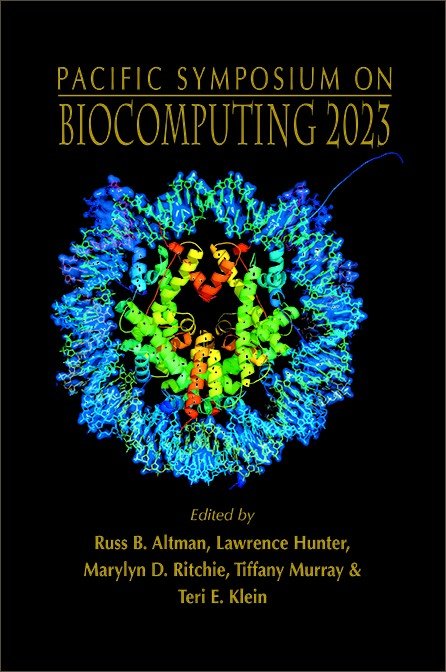Contrastive learning of protein representations with graph neural networks for structural and functional annotations
Although protein sequence data is growing at an ever-increasing rate, the protein universe is still sparsely annotated with functional and structural annotations. Computational approaches have become efficient solutions to infer annotations for unlabeled proteins by transferring knowledge from proteins with experimental annotations. Despite the increasing availability of protein structure data and the high coverage of high-quality predicted structures, e.g., by AlphaFold, many existing computational tools still only rely on sequence data to predict structural or functional annotations, including alignment algorithms such as BLAST and several sequence-based deep learning models. Here, we develop PenLight, a general deep learning framework for protein structural and functional annotations. Pen-Light uses a graph neural network (GNN) to integrate 3D protein structure data and protein language model representations. In addition, PenLight applies a contrastive learning strategy to train the GNN for learning protein representations that reflect similarities beyond sequence identity, such as semantic similarities in the function or structure space. We benchmarked PenLight on a structural classification task and a functional annotation task, where PenLight achieved higher prediction accuracy and coverage than state-of-the-art methods.



